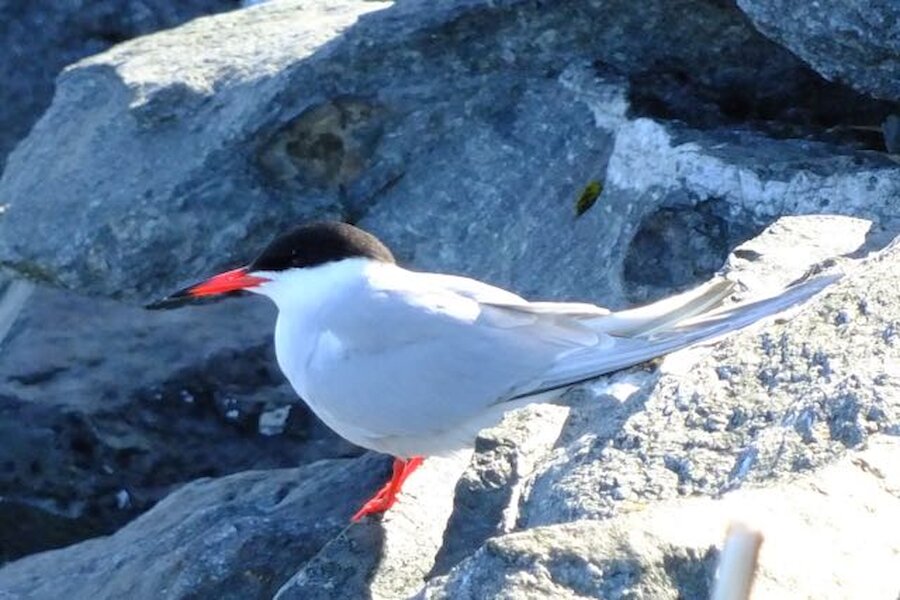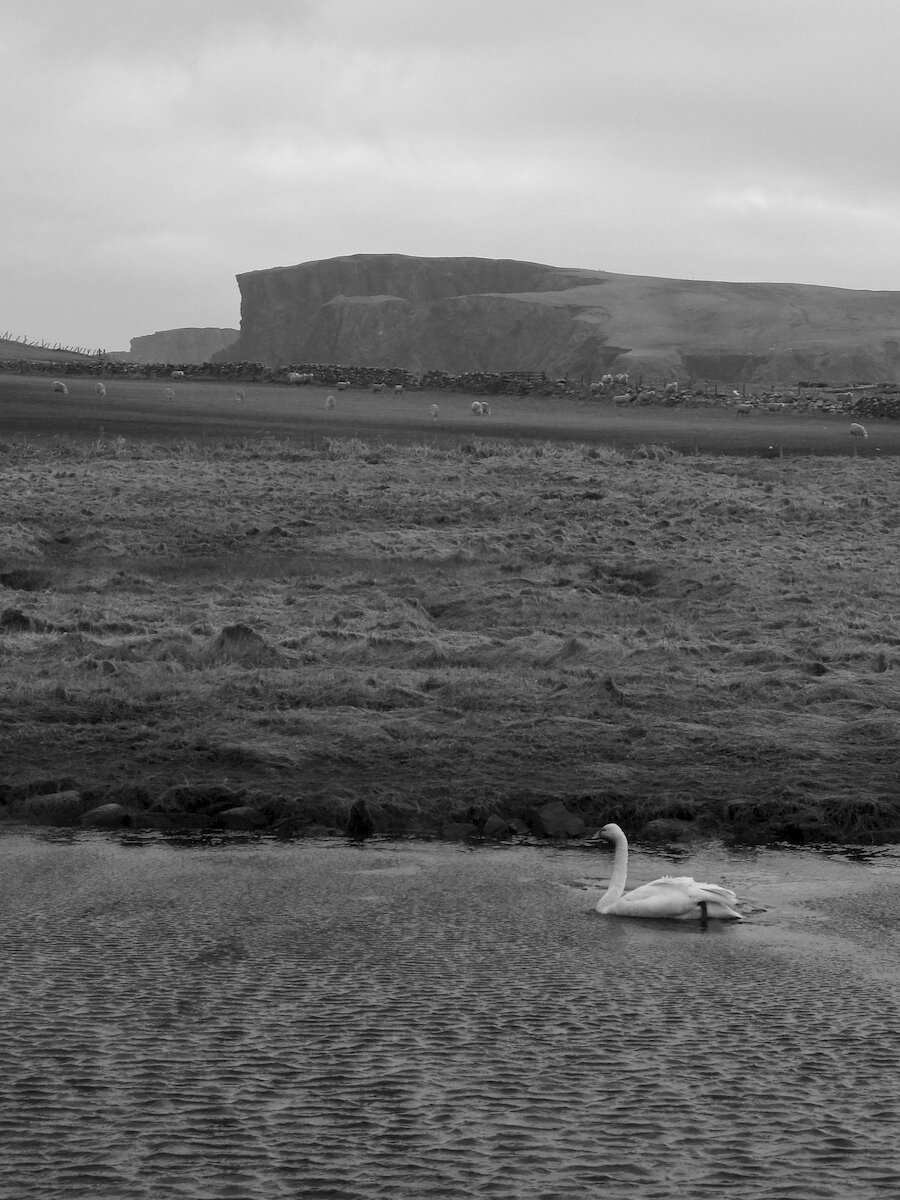When I first arrived in Shetland, some 38 years ago, I was barely interested in wildlife and birds not at all. I knew the difference between a starling and a robin, just about. I could tell a killer whale from a dolphin, because one was called Namu (from the 1966 movie, not the later and inferior Orca films) and the other Flipper, from the Australian TV series. As a child, I was obsessed with both Flipper and what I thought of as his near-cousin Skippy the Bush Kangaroo, though it turned out, sadly, they were unrelated.
There were and are no kangaroos in Shetland (though there are, oddly enough, feral wallabies in Scotland, on an island in Loch Lomond). Dolphins, porpoises, killer whales and other sea mammals abound in the seas around our coastline, and it can get to the point where you kind of take sightings for granted. I remember once having the eminent BBC naturalist Simon King in my car, during one of his first visits to Shetland, and he became so excited at a report that a pod of orcas had been seen off Eshaness that we ended up rushing around Northmavine in a frenzy of binocular-brandishing and texting. We didn’t see them. I, frankly wasn’t too bothered. I have a slight issue with killer whales. It’s the prefix ‘killer’. I do a lot of sea kayaking in the summer and the thought of being surrounded, all of a sudden, by a top-of-the-food-chain group of ultra-predators whilst paddling around the entrance to Hamar Voe is a mite disturbing. The father of a friend, out on ‘da eela’ (inshore fishing) in a small, open Shetland model boat once found himself amid an orca pod and it’s fair to say that it left him somewhat concerned. Yes, I know they’re not known to attack human beings, but what are you supposed to do if one takes a nibble at your neoprene wetsuit? Shout ‘leave me alone, I’m not a seal, honestly’? Perhaps that would work. They are supposed to be highly intelligent creatures. Maybe they speak English. With a Shetland accent.



